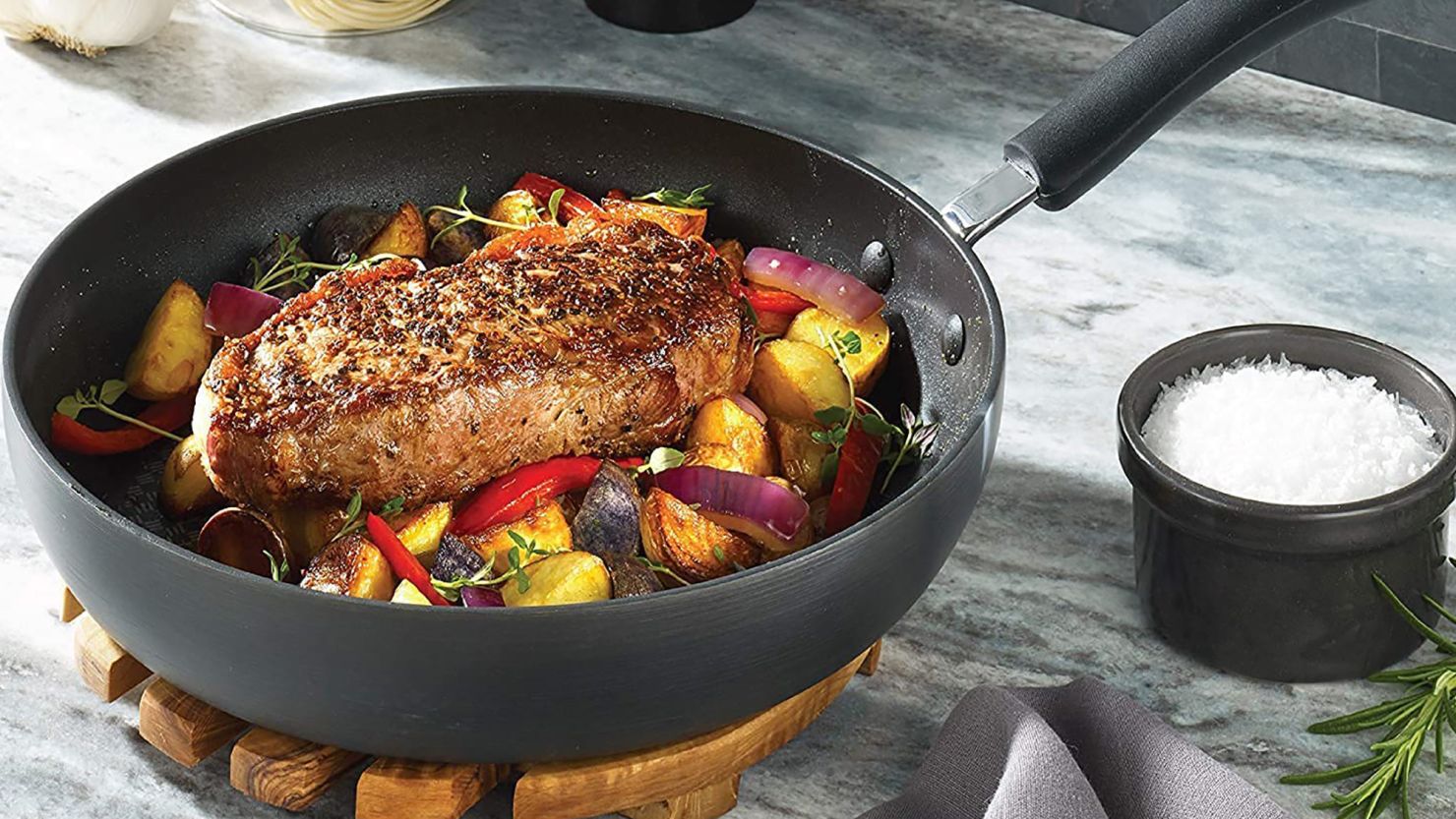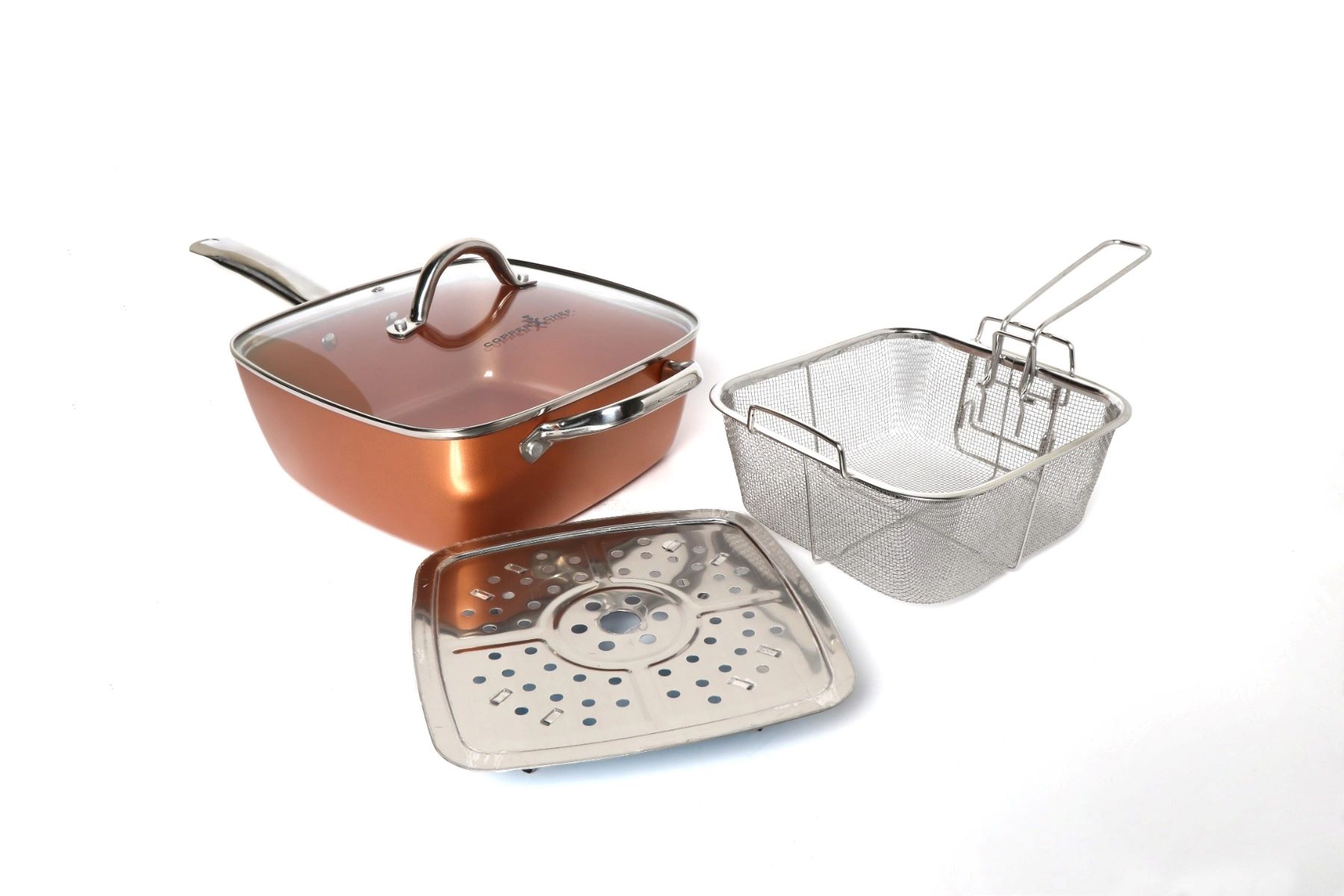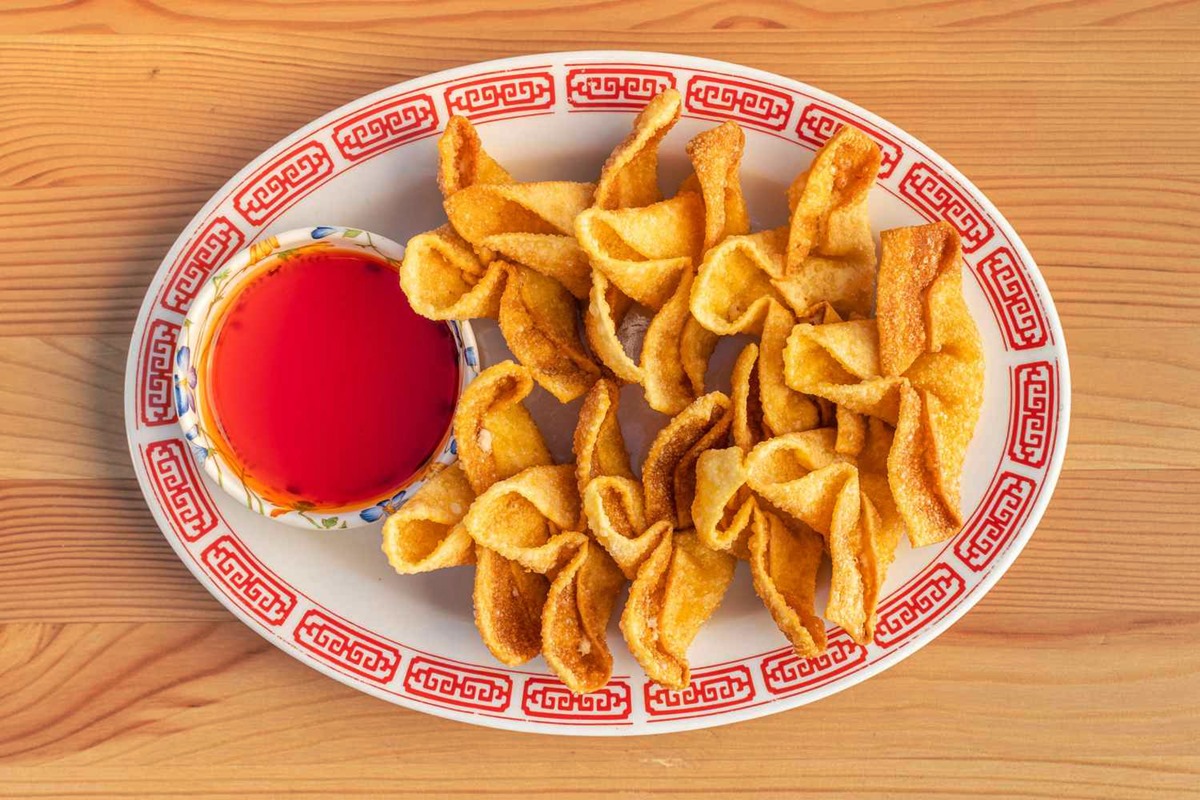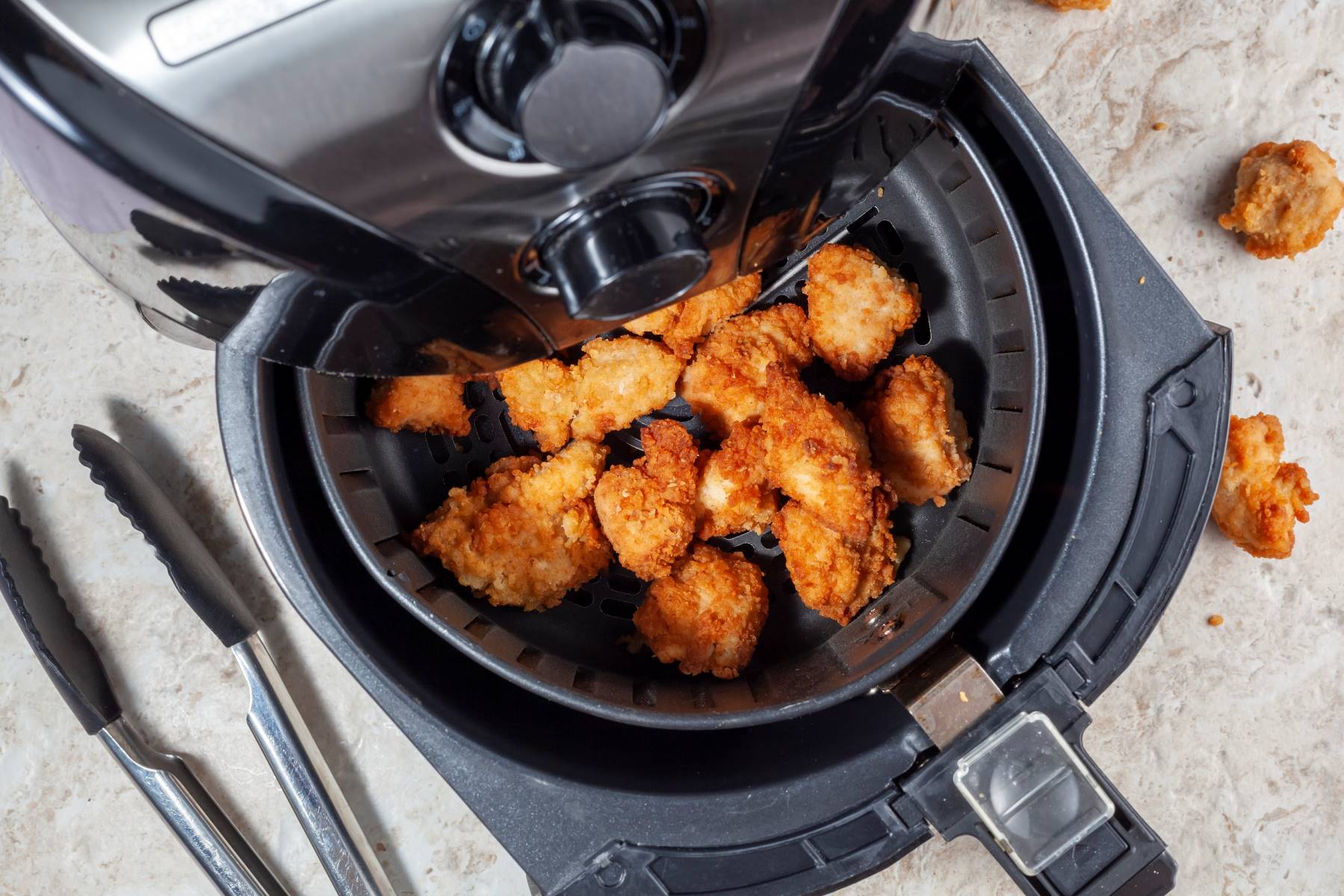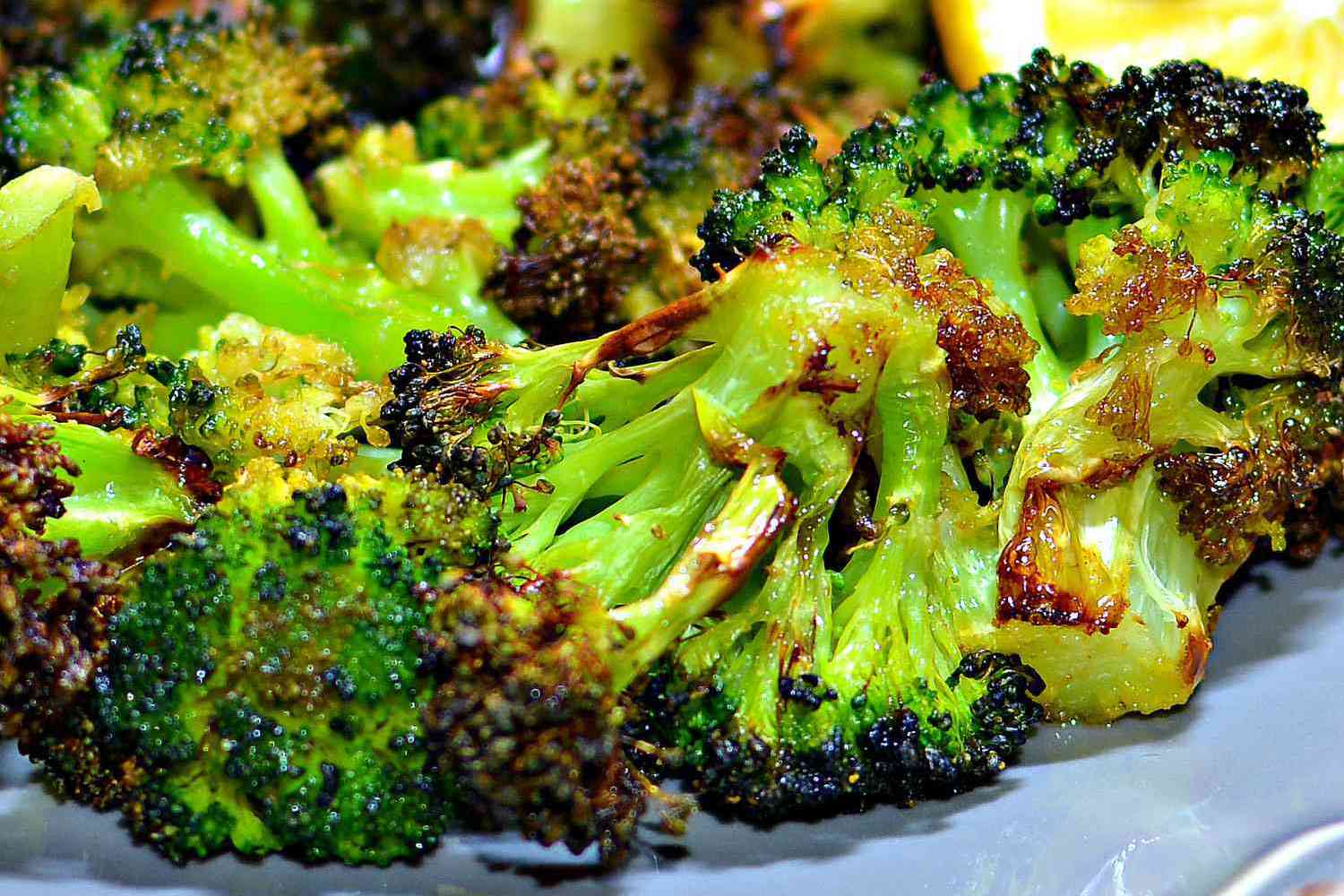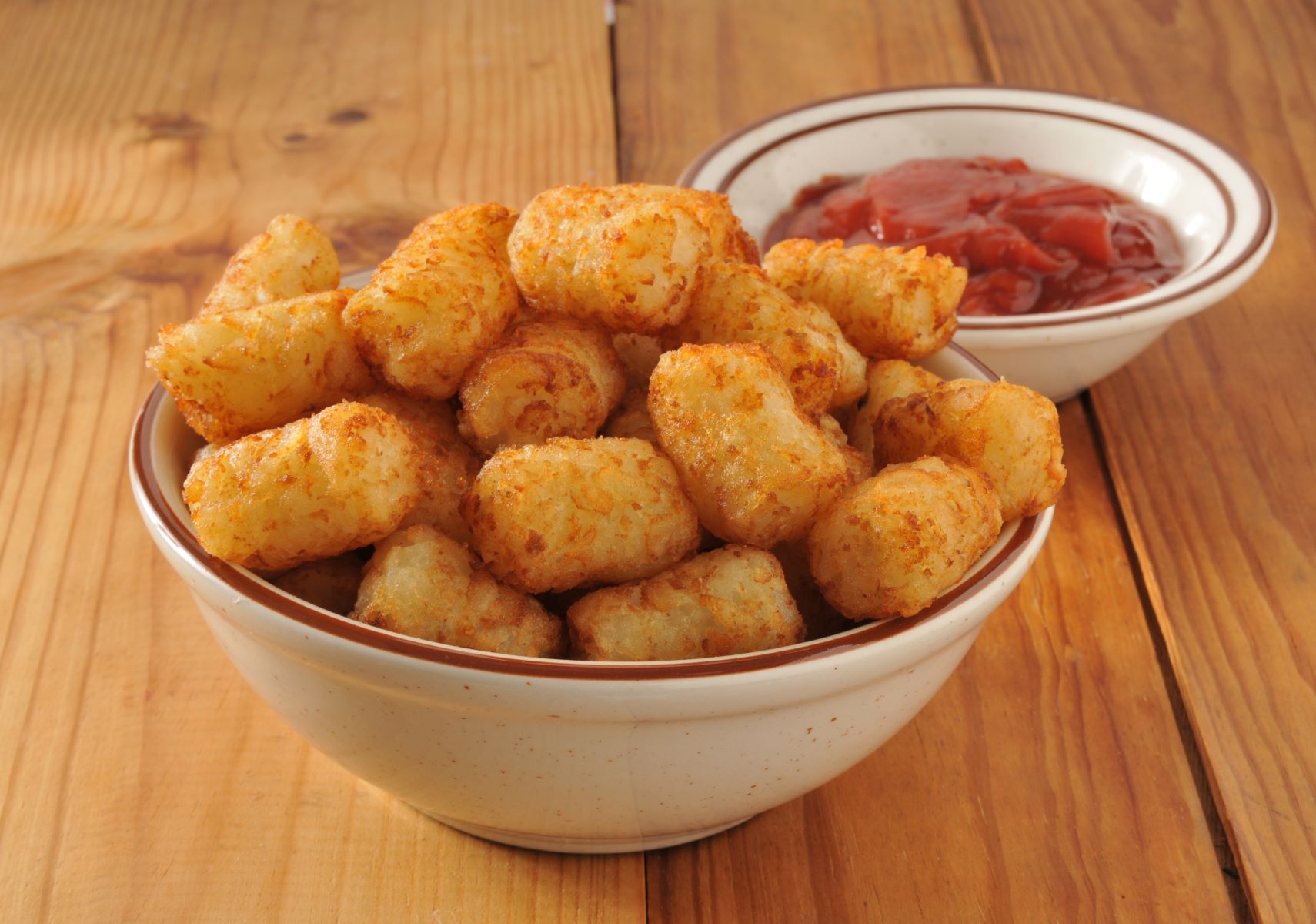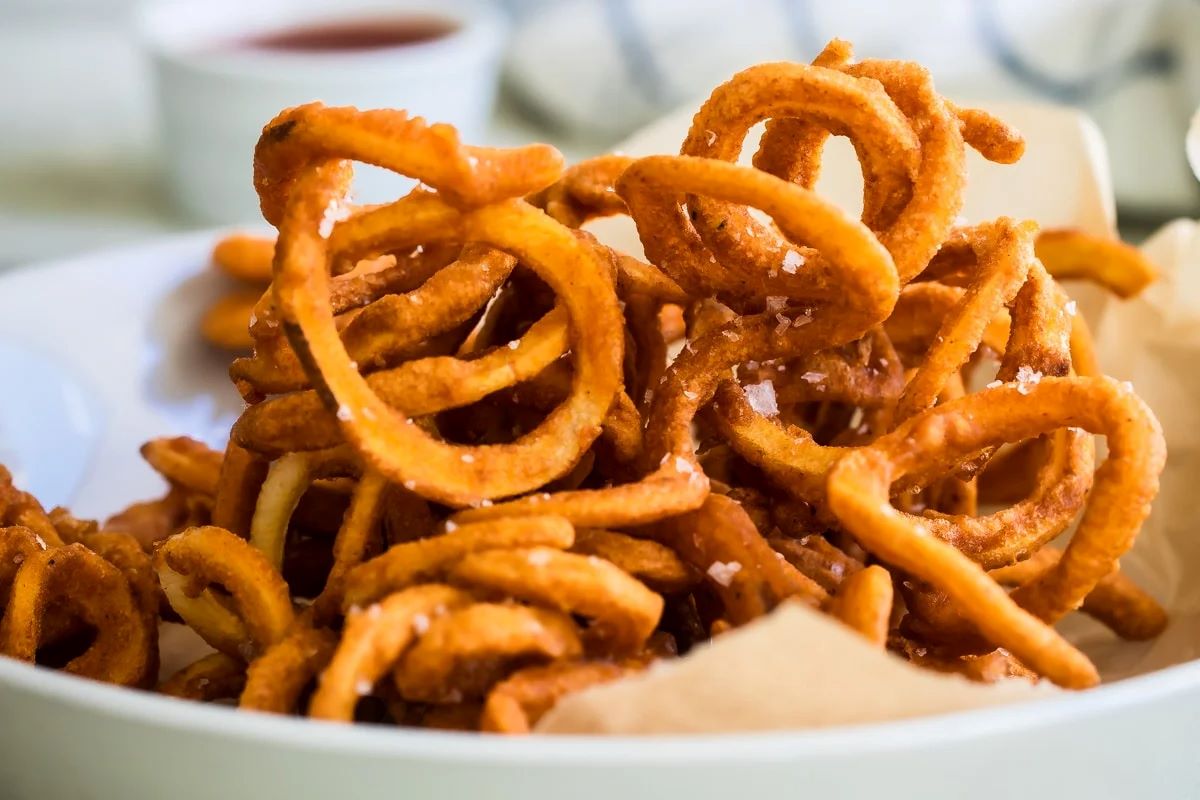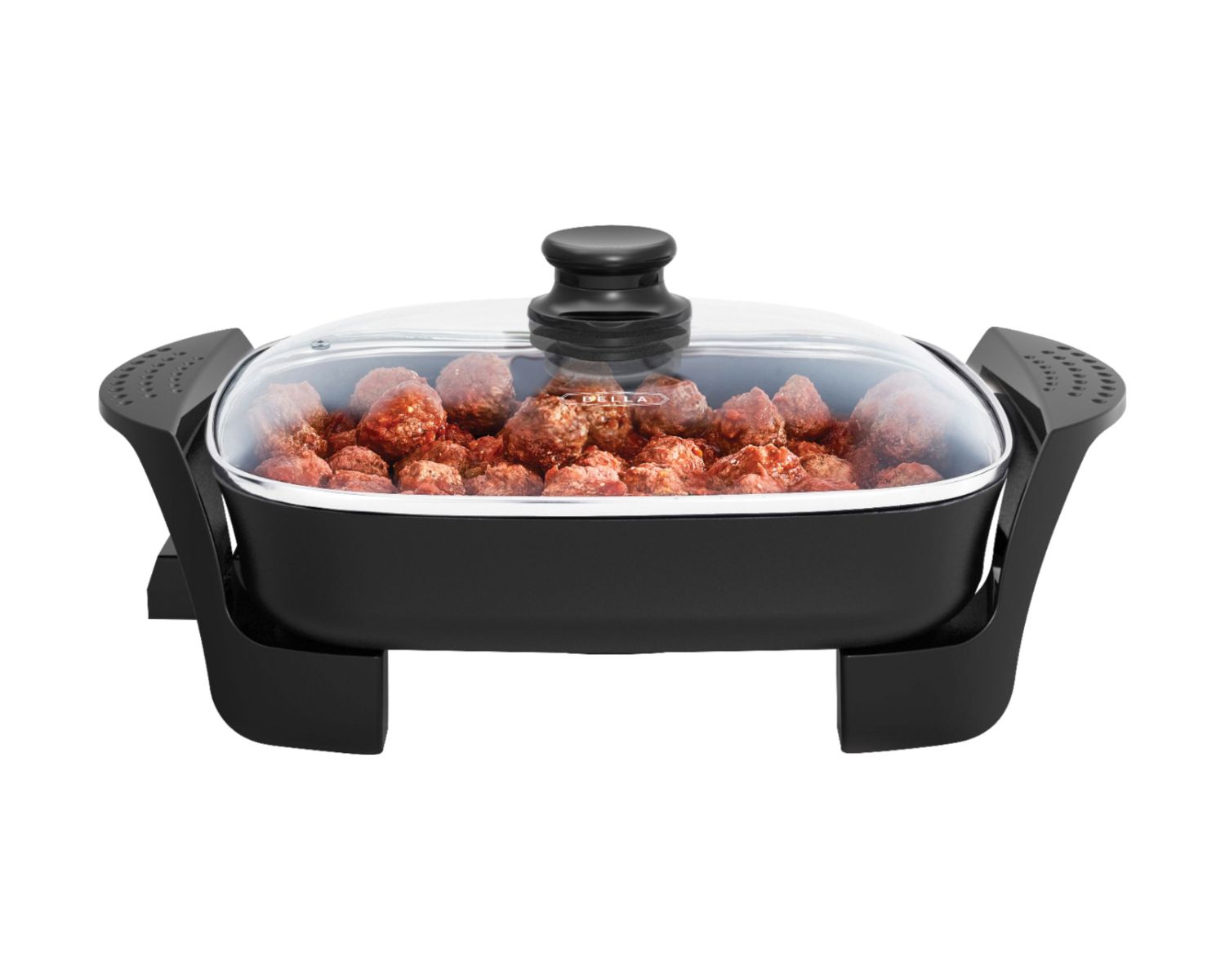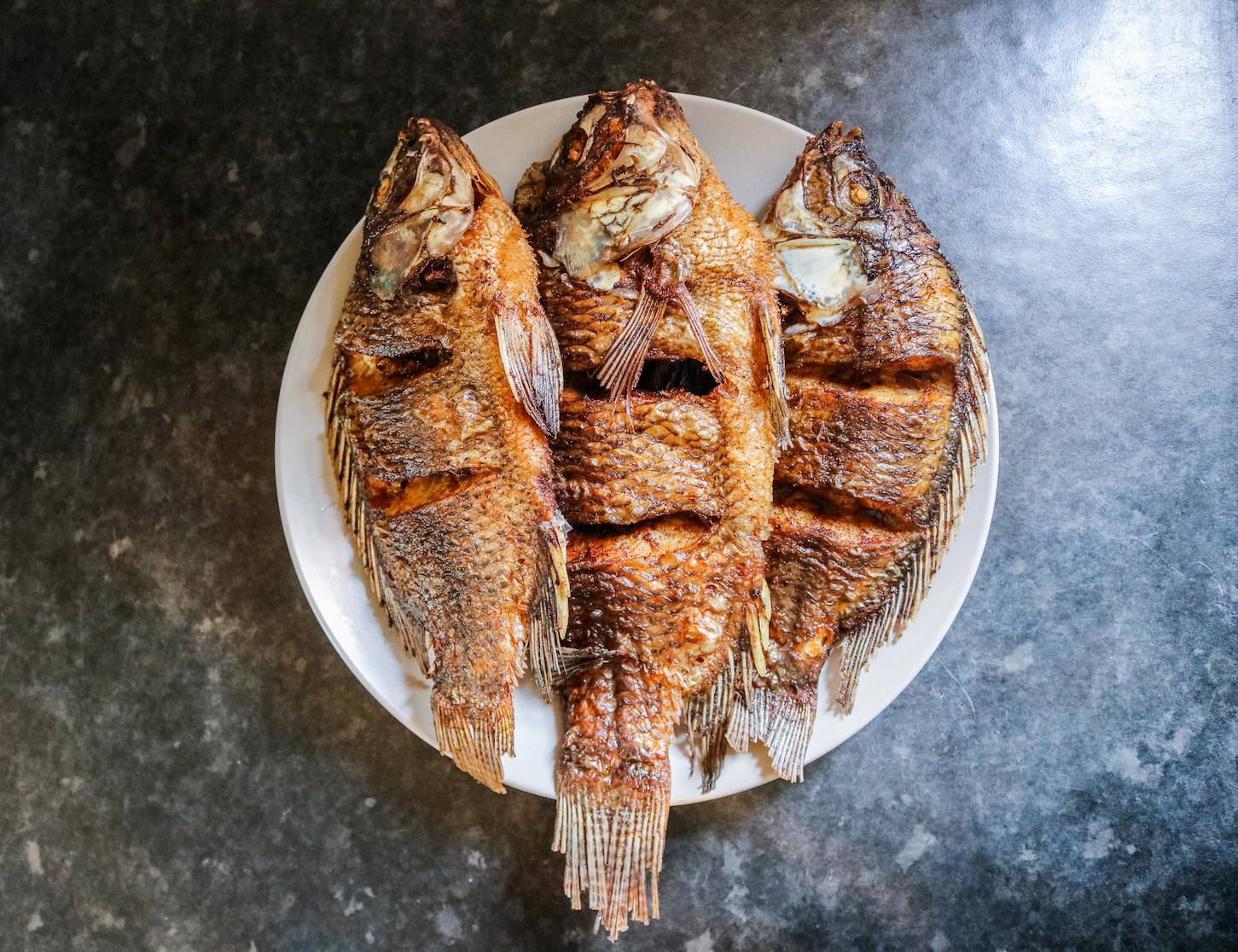Easy Steps for Deep Frying in a Pan
Deep frying in a pan is a quick and simple way to achieve crispy and delicious results. Whether you’re making homemade French fries, crispy chicken tenders, or even fried vegetables, mastering the art of deep frying in a pan can take your cooking skills to the next level. Follow these easy steps to achieve perfectly fried foods at home.
Choose the Right Pan
When it comes to deep frying in a pan, using the right pan is essential. Look for a heavy-bottomed pan, such as a cast iron skillet or a deep frying pan, that can withstand high heat without warping. The size of the pan should allow you to submerge the food fully in the oil without it overflowing.
Select the Right Oil
Choosing the right oil is crucial for deep frying. Use an oil with a high smoke point such as canola, vegetable, or peanut oil. These oils can withstand the high temperatures required for deep frying without burning or imparting off-flavors to the food.
Heat the Oil
Before adding the food, it’s important to heat the oil to the correct temperature. Use a deep-fry thermometer to monitor the temperature and ensure it reaches the recommended heat level for the specific food you’re frying. Most foods require a temperature of around 350-375°F (175-190°C) for deep frying.
Prepare the Food
Before adding the food to the hot oil, it’s important to prepare it properly. Coat the food in a thin layer of batter or breading to create a crispy exterior. Make sure the food is patted dry to prevent excessive splattering when it comes into contact with the hot oil.
Deep Fry the Food
Once the oil has reached the desired temperature and the food is prepared, carefully add it to the hot oil using tongs to prevent splashing. Do not overcrowd the pan as this can cause the oil temperature to drop, resulting in soggy food. Fry the food in batches if necessary, allowing each piece to cook evenly.
Monitor the Cooking
While the food is frying, it’s important to monitor its progress. Use a slotted spoon to gently agitate the food in the oil, ensuring that it cooks evenly on all sides. Keep an eye on the color and texture of the food, removing it from the oil once it reaches a golden brown hue and a crispy texture.
Drain and Serve
Once the food is cooked to perfection, carefully remove it from the hot oil using a slotted spoon and transfer it to a plate lined with paper towels. Allow the excess oil to drain before serving the crispy, golden delights to your eager diners.
Now that you’ve mastered the art of deep frying in a pan, the possibilities are endless. From homemade onion rings to crispy fish fillets, you can impress your friends and family with your newfound deep frying skills. Just remember to always prioritize safety when working with hot oil and never leave the pan unattended while frying.
With these simple steps, you can elevate your cooking game and enjoy the crispy, golden goodness of deep-fried delights right in your own kitchen.
More Delicious Deep-Fried Recipes to Try at Home
Having mastered the art of deep frying in a pan, you are now poised to explore a diverse array of tantalizing recipes that can put your new skills to the test. From the classic crunch of crispy southern fried chicken to the delicate crisp of light crispy tempura vegetables, there's a variety of dishes to explore. I highly recommend trying the perfect fried calamari for its quick cooking time and guaranteed crowd-pleasing flavors, or the spicy jalapeno poppers for a spicy, cheesy treat that's perfect for gatherings. Each recipe provides a unique way to refine your frying technique while delivering mouth-watering results.
